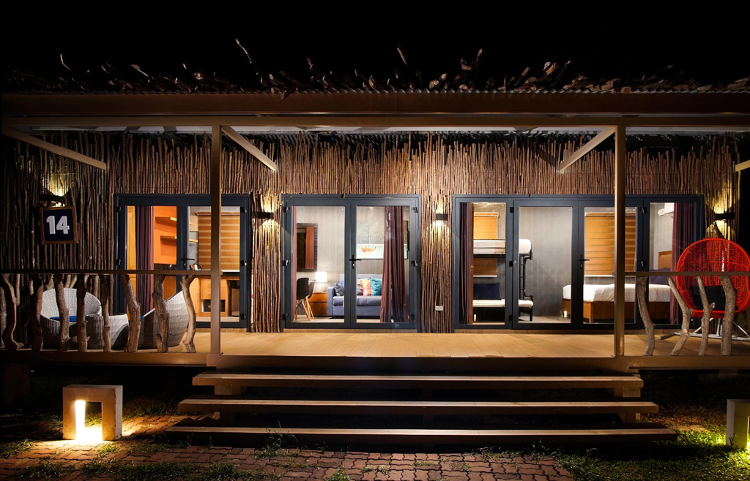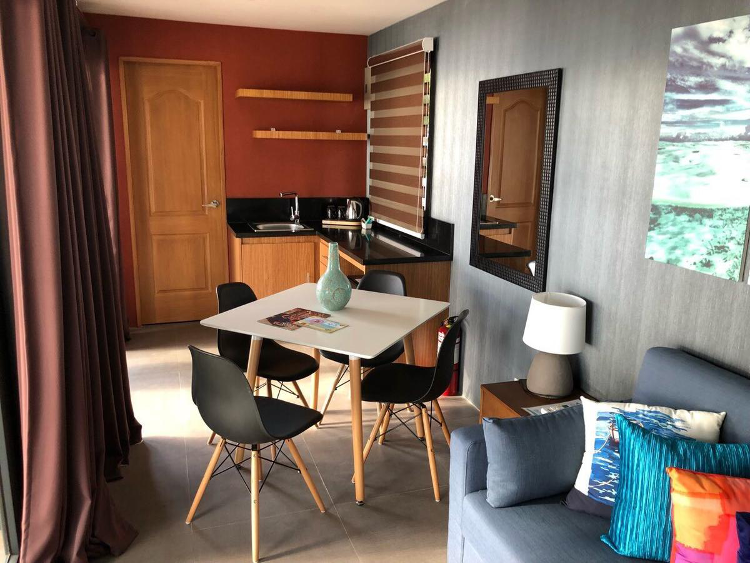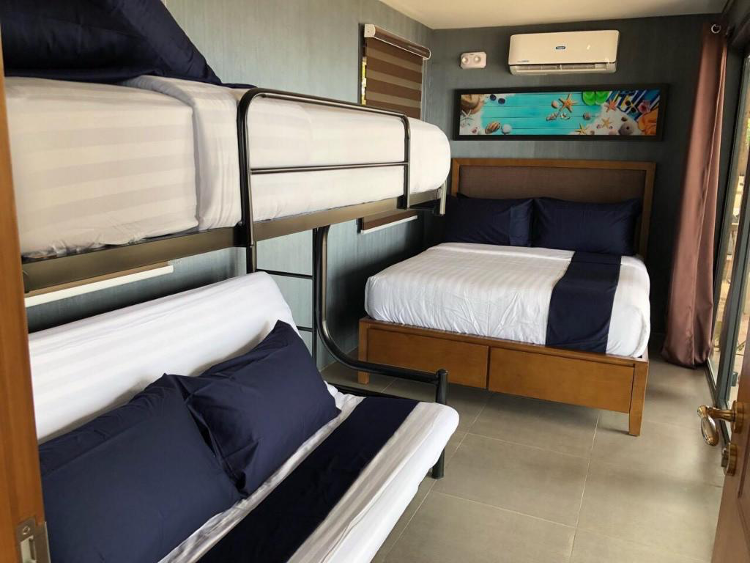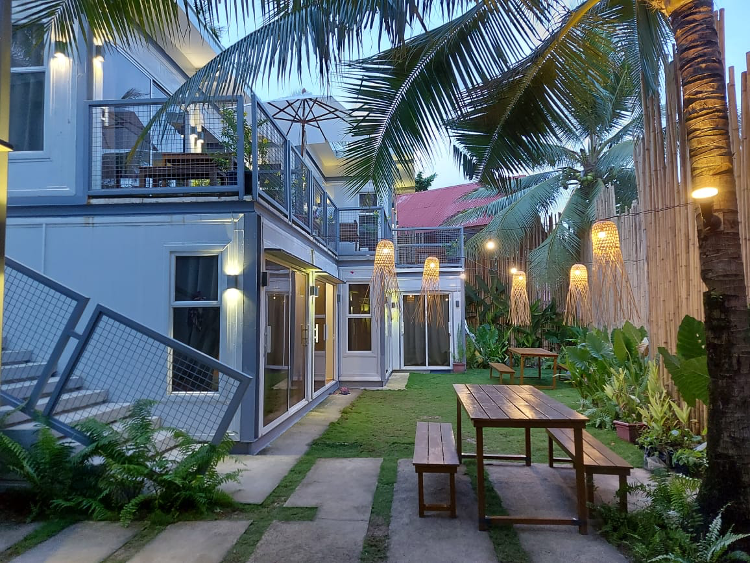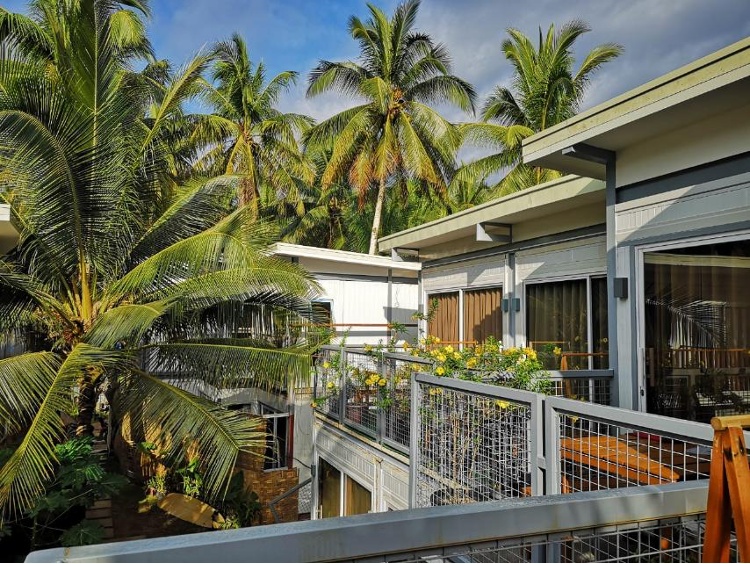In the Philippines, prefabricated structures are used mainly for satellite and temporary office-barracks, office buildings and warehouses usually for leading multinational companies. But in the last few years, some resorts and restaurants have started using prefab as their solution to construction. As for residential purposes, there is not much visibility in the country.
General facts
Use of prefab methodology in construction started after World War II. It has since evolved to what it is today—sturdier, weather-resistant and truly flexible in terms of design and configuration.
There are three types of prefab structures—modular, panelized and hybrid. Modular structures are made up of 3D components, such as trusses, roof and columns, that are partially assembled at the factory then delivered onsite. Panelized prefab structures are 2D components specifically walls or panels compacted for transport then assembled onsite. Hybrid is the combination of both methods.
Thank you to my resource persons as they have debunked the myth that container vans or prefab components made of steel would have high vulnerability to corrosion if you use them on a coastal setting. As long as it is made of Atmospheric Corrosion Resistant Steel, an example of which is Cor-Ten steel, users don’t have to worry about rust.
I was also wondering if there is a special kind of building permit required for prefab houses as it is a permanent structure located in residential areas. After consulting with architect Joe Juson, I learned that there is no such requirement according to Rule XV Prefabricated Construction Section 1501 Prefabricated Assembly of IRR (Implementing Rules and Regulations) of the National Building Code of the Philippines.
But note that even if it doesn’t require any special permits, it will still go through the same tests such as soil and materials tests used in traditional construction.
User information
Rian Yumol of Storage Providers has been customizing container vans since 1994. He shared that the need for container vans was specifically for satellite offices, barracks, warehouses and as temporary shelter for big construction sites. It is only in recent years that they ventured into livable space for semi-private use such as Crusoe Cabins Resort in Calatagan, Batangas. Storage Providers utilized 18 units of 40-foot container vans that produced 14 cabins with front porch, one bedroom and one full toilet and bath per cabin plus four offices for the staff. Storage Providers finished the project in eight months. If traditional construction was used, it would probably have taken 12 to 14 months to complete.
I also chatted with Reuben Ganaden of Lubihan Siargao, a small hotel accommodation located in the main area of General Luna, Siargao Island. It is walking distance from neighboring restaurants, bars and cafes. Hop on a motorcycle and in five minutes, you will find yourself in Cloud 9 and Siargao Boardwalk.
This resort is the first to adapt the prefab methodology on the island. Designers and builders know that if you should go for prefab and the location is on an island, then, of course, 90 percent of your materials will be coming from Manila. This is one of the driving forces why Ganaden opted for prefab panels—they can be compacted for transport. The major challenge that his team faced during construction was the lack of skilled manpower on the island and in nearby provinces. His team had to personally check construction almost on a daily basis to make sure everything was running smoothly. Due to the lack of skilled laborers, the construction extended. It took them 12 months to finish 14 guest rooms with a full toilet and bath each plus common areas with a few items left on the punch list.
Revenue and the environment
It’s common knowledge that it costs more to protect the environment. However, after talking to Rian and Reuben, I learned that this is not the case. Prefab construction with skilled laborers will reduce time to construct almost by half, which means you will save on labor costs and your client may start operating the business at the earliest time possible for more profit. Also, if you have lesser days to construct, this will also lessen the waste.
Another win-win for prefab structure is its reusability; this feature alone is already eco-friendly. It is also a prudent approach financially as in the case of Lubihan Siargao. The property is on a 15-year lease and whatever happens at the end of the lease term, the owners can just pack the structure up and transfer elsewhere. Or they can modify the existing structure, adding something onto it vertically or horizontally to serve a new purpose.
So, is prefab, fab? Yes, it is! It is also the “future” that has been waiting for us to use.
Lubihan Siargao
Email: lubihansiargao@gmail.com
FB: https://www.facebook.com/lubihansiargao
IG: https://www.instagram.com/lubihansiargao
Mobile nos: +639178181887 or +639295280817
Storage Providers
www.storageproviders.ph
Nikki Pascual is a design consultant since 2003 and her best design experience was back in 2010 when she handled visual merchandising for L’Oreal Philippines’ Luxury Division. She also started designing and making jewelry in 2013, selling under the label Retablo Manila.

